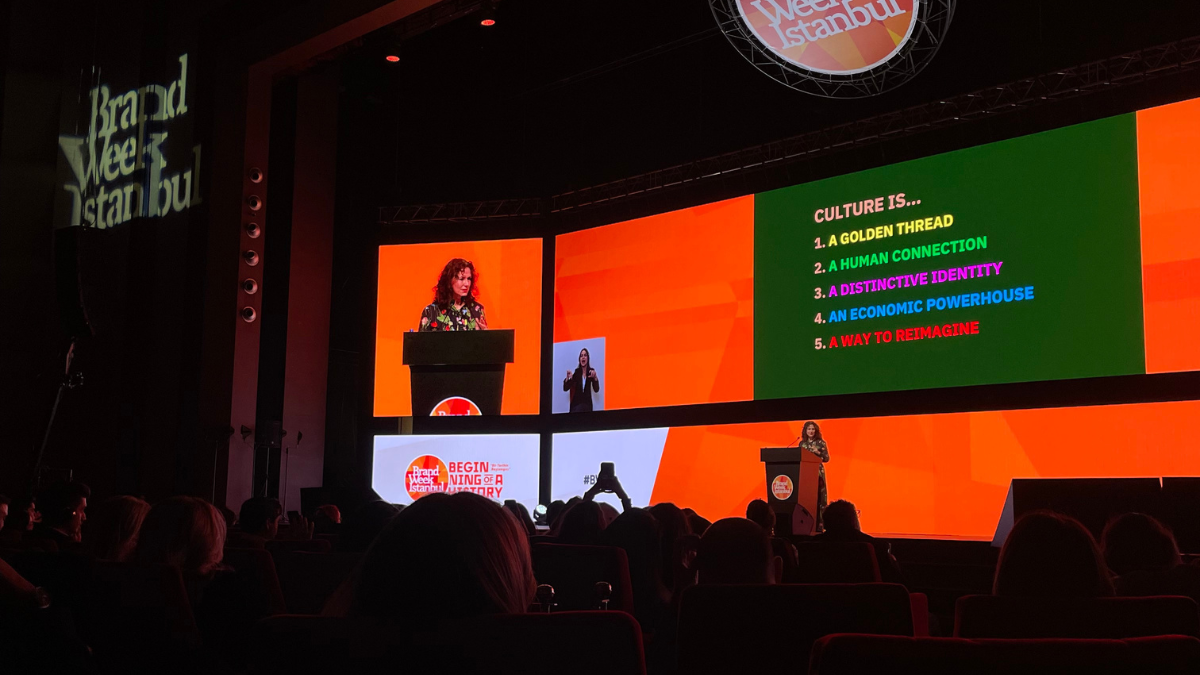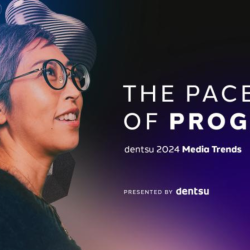As we look ahead to 2024, the only sure thing is there’s no sure thing. Generative AI has been all the rage (and was ranked the top consumer trend in our mid-year survey of 700+ marketers), but recent drama with Sam Altman at OpenAI raises questions about the path ahead for ChatGPT. Meanwhile, the media and advertising landscape continues to shape shift, with new channels and formats emerging. On top of that, macroeconomic concerns and regulatory issues threaten to waylay the best-laid plans of mice and marketers. To address a dynamic (and cookieless) future, the roles of creative and ad tech are coming to the fore. Here’s a rundown of the 4 big advertising trends to keep an eye on in 2024, and the implications for marketers:
1. Adoption of new CTV ad formats
While there’s no doubt that streaming has transformed the way television is consumed, there has been a question mark over whether the model will be subscription service or ad supported. However, with key players in the industry all rolling out ad tiers (including the likes of Netflix, Disney+ and Amazon Prime), it’s now clear that advertising will secure a prime spot in the future of TV.
This is reassuring news for consumers who won’t have to keep coughing up for premium content. For advertisers, it’s even better news. Connected TV (CTV) will give them the power to up their game with relevant commercial messages and shiny new ad formats. Rather than having to choose from 30- and 60-second spots, it will open the floor to greater freedom with brand sponsorship opportunities.
Expect elements of personalisation, product placement, and interactivity to all feature in CTV ads in the coming year, helping advertisers to serve up relevant and engaging content to consumers.
2. Say goodbye to broad AI
If 2023 was the year AI hit the mainstream, 2024 will be the year that we actually figure out how to use it. To some extent, that will mean that pragmatism retakes the reins from optimism in our thinking about AI. Rather than relying on broad apps like ChatGPT and Bard, we’ll leverage the large language models (LLMs) behind them to create bespoke applications for marketing and customer experience.
In much the same way that the Internet splintered from large portals to niche websites and then to apps, AI will follow the same trajectory. Recently OpenAI rolled out the ability to create custom GPTs, signalling the start of this niche-ification. If you cast your mind back to when Apple first enabled apps on the iPhone, you’ll get a sense of the impact this will have on how we use AI.
Whether it’s in our business or personal lives, it’s only a matter of time until we see dramatic innovation and custom applications of AI at scale.
3. Creative takes centre stage
Targeting has long been the be-all and end-all of advertising, with many assuming it to be most consequential factor in success or failure. The winners are those who segment audiences better, bid the exact right amount for ad space, and track consumers all the way through to purchase. But the tables are turning. 2024 will be an inflection point where creative takes over as the prime campaign variable, in line with the 65% who ranked creative ahead of audiences and bidding in our most recent research.
No longer managed in a silo, the quality and differentiation of the message will be what decides whether the performance hits the mark. The truth is that it has been challenging for some time to keep delivering ever-greater returns from audience targeting tools and bid management. The depreciation of third-party cookies and all of the signals that rely on them have a huge role to play. In the coming year, we’ll see forward-thinking marketers invest in more creative ad tech tools, joining the 79% of advertisers who view creative personalisation as working media.
4. The breakup of big tech and adtech
In light of tectonic shifts in the regulatory landscape, 2024 will see a Sizmek, er seismic, change in big tech’s relationship with ad tech. Amazon has already announced that it is parting ways with its third-party ad serving solution, and some level of ad tech divestment looks to be a likely outcome from Google’s anti-trust case in the US.
Meanwhile, Meta is adjusting EU services following a ruling over data collection policies, and the Digital Markets Act poses additional threats to the way big tech companies – or as the European Commission calls them, ‘Gatekeepers’ – operate in the region. These reverberations spell a win for marketers, who will be less reliant on walled gardens to perform the critical functions of measurement and optimisation across channels. Indeed, 2024 will usher in a wave of adoption for independent ad tech platforms that operate at scale around the world.
Whether it’s technology innovation or a creative renaissance, marketers and advertisers will have lots of new opportunities to gain advantage in 2024. By embracing new ad formats, deploying niche AI apps, and implementing creative ad tech, brands can meet the moment and grow market share. More than anything though, marketers must remain agile in their approach. Change will be a constant and, while there’s no crystal ball for what’s around the corner, those who continually test and learn will emerge at the fore in 2024.
Featured image: cottonbro studios / Pexels
































